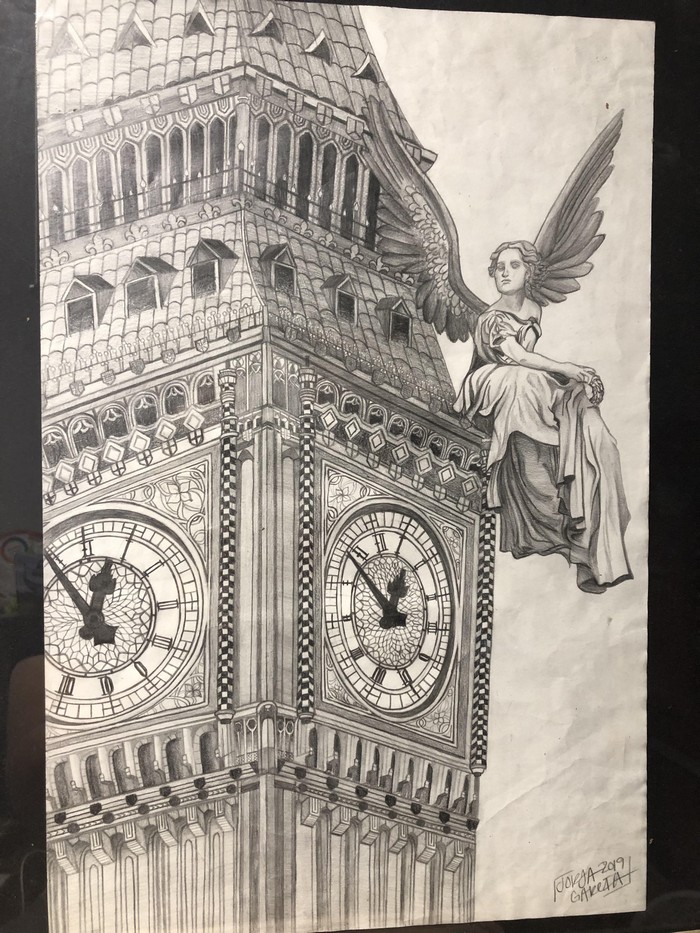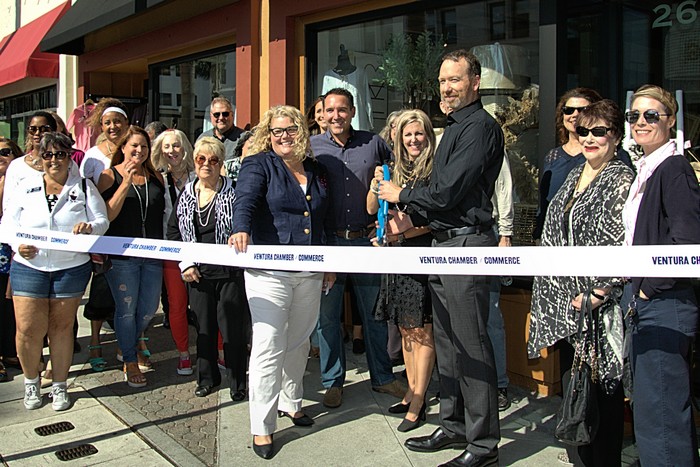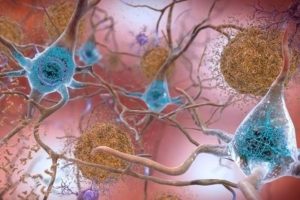by George Landrith President of Frontiers of Freedom, a public policy think tank
Congressional leaders and some White House officials reportedly favor “binding arbitration.” This proposed reform would allow government-appointed officials to dictate how much Medicare pays for new medicines. Proponents say arbitration could slash what the government spends on drugs.
Binding arbitration is just a clever name for government price controls. It would distort the free market and limit patients’ access to the newest medicines.
Medicare covers nearly all FDA-approved drugs. Part B generally covers medicines that doctors administer through injection or IV drips, while Medicare Part D covers most pills. In each, drug prices are determined by negotiations between pharmaceutical companies and insurance companies or hospitals.
Under the proposed arbitration system, government officials wouldn’t have to accept the prices that result from these negotiations.
Officials could call upon a third-party “arbitrator” to set the price for new drugs. If these officials trigger arbitration, pharmaceutical companies would have to suggest a fair price for their drugs and make the case to the arbitrator.
Government officials would argue for their own suggested price. After considering both sides, the arbitrator would render a final, legally binding decision.
Congressional leaders haven’t fully fleshed out the details of their proposal.
One thing is certain, however. Government officials would hand-pick arbitrators who are on their side. Arbitration isn’t a true alternative to the government setting prices — it’s just a way for government officials to outsource the dirty work.
Since the arbitrator’s decision would be legally binding, drug manufacturers wouldn’t be able to appeal an unfair verdict. Nor would there be a way to hold arbitrators accountable.
Binding arbitration would smother medical innovation.
Successful drug development requires substantial investment. The FDA only approves about one in ten experimental medicines that begin the first phase of clinical trials. Accounting for this massive failure rate, it costs $2.5 billion and takes more than a decade to develop a single new drug.
Drug companies rely on just a few successful drugs to recoup their investments. Price controls make this already difficult process even harder. As a result, they discourage investors from putting money towards future projects. That means fewer lifesaving drugs for patients.
Just look across the pond. Fifty years ago, Europe produced more than half of the world’s medicines; America produced just 30 percent. But then, countries like Germany and the United Kingdom embraced price controls — while the United States let the free market flourish.
Today, scientists invent more than half of the world’s medicines in America. Meanwhile, the entire continent of Europe produces less than a third of medicines. American patients have access to more innovative therapies than patients anywhere else in the world — including Europe.
Binding arbitration would sacrifice Americans’ access to the most innovative medicines. Lawmakers should nip this policy in the bud before patients pay the ultimate price.
 Sunday, July 21, 2019 – 3 to 4:30 p.m. Museum of Ventura County
Sunday, July 21, 2019 – 3 to 4:30 p.m. Museum of Ventura County





